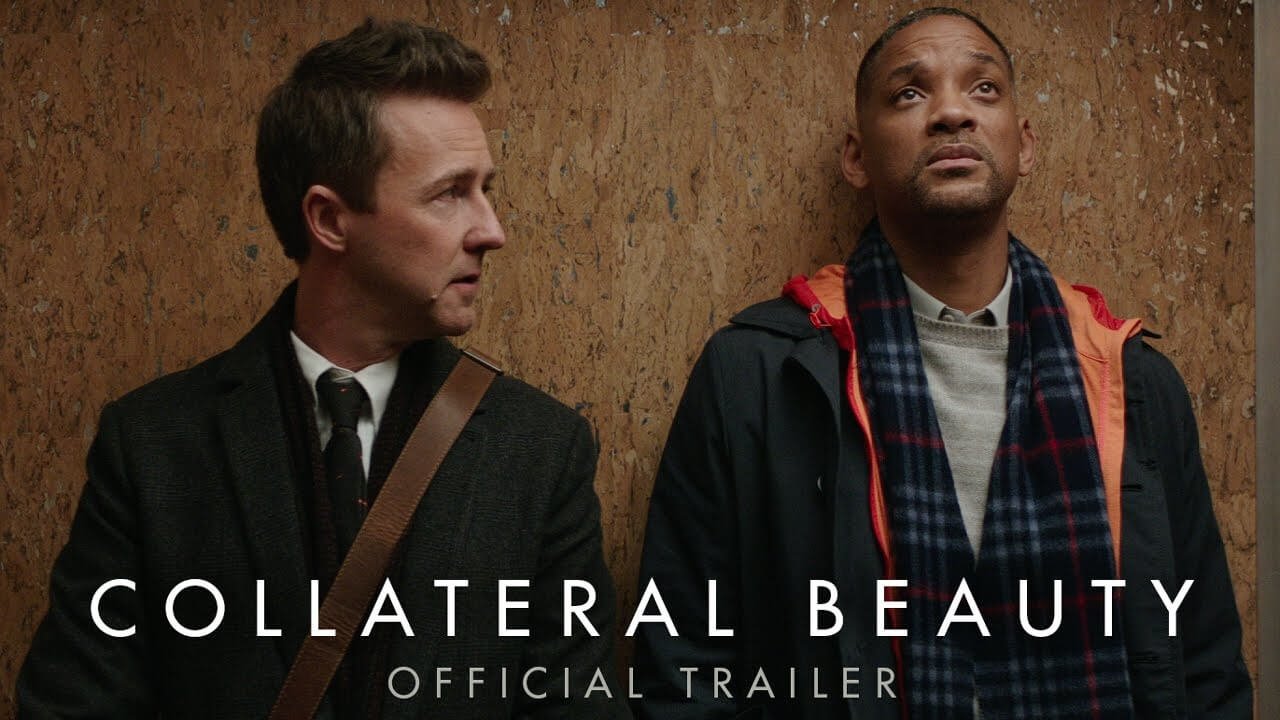In life, hardship and suffering often feel overwhelming and isolating, but there is a profound and transformative concept that invites us to see beyond immediate pain: collateral beauty. This concept, popularized by the 2016 film Collateral Beauty starring Will Smith, speaks to the unexpected moments of grace, connection, and meaning that emerge even in the darkest times. For American audiences navigating personal loss or collective challenges, understanding collateral beauty offers a hopeful perspective that blends resilience with compassion, helping us to embrace not just survival but the richness of the human experience.
Understanding Collateral Beauty: Beyond Tragedy to Meaning
Collateral beauty is a term that flips the familiar notion of “collateral damage” on its head. Rather than focusing on unintended harm or loss, it highlights the unintended beauty that can arise in the midst of tragedy. In the film, Howard, a grieving father, is initially engulfed by despair after the death of his daughter. Yet, through his journey, he begins to notice moments of kindness, connection, and spiritual awakening that he had previously overlooked. This idea reflects a broader psychological truth: trauma and grief, while deeply painful, can lead to profound personal growth and a deeper appreciation for life’s subtle beauties.
Psychologists studying post-traumatic growth note that individuals often report increased spirituality, strengthened relationships, and a renewed sense of purpose following loss. As expert Dr. Richard Tedeschi explains, “Collateral beauty is not about denying pain but about recognizing the good that can coexist with suffering, ultimately leading to healing and transformation.” This duality acknowledges the reality of hardship while inviting hope—a critical message for anyone facing grief or adversity.
The Emotional Journey: From Pain to Recognition of Beauty
Experiencing collateral beauty is not about minimizing suffering but embracing a complex emotional landscape. After a significant loss—whether the death of a loved one, the end of a relationship, or another life-altering event—people often find themselves caught between numbness and hyperawareness. This heightened sensitivity can make the world seem quieter or, paradoxically, more vibrant. Small acts like a stranger’s kindness, the warmth of a shared memory, or even the beauty of natural surroundings become poignant reminders that life still holds meaning.
For many Americans, particularly those who have faced recent societal and personal upheavals, this concept offers a way to reconnect. As noted in grief support circles, “collateral beauty” moments—those unplanned encounters with kindness or art or nature—serve as emotional anchors in turbulent times. These moments may be fleeting but deeply grounding, helping individuals find balance and renewed hope.
Exploring Collateral Beauty in Everyday Life
Collateral beauty manifests in many forms and is often felt rather than easily defined. In daily life, it might be the comforting sound of a loved one’s voice during a difficult phone call or the unexpected joy of a friend’s visit when it’s most needed. It may also arise through creative outlets such as music, art, or literature, which provide an emotional language to express and transform grief.
The arts play a particularly important role in fostering collateral beauty. Music, for instance, can unexpectedly bring healing, as many grief counselors observe: songs appear in moments of need, acting as emotional guides or affirmations. The film Collateral Beauty itself uses poetry, dance, and storytelling as media to explore these themes, demonstrating how beauty can emerge as a form of connection and solace. This is a powerful reminder that even in hardship, life’s richness can be appreciated and celebrated.
Embracing Collateral Beauty for Healing and Growth
Embracing collateral beauty is a practice that requires openness and patience. It demands that we allow ourselves to feel pain fully while remaining receptive to moments of grace. In support groups and therapeutic settings, facilitating awareness of collateral beauty can foster resilience and emotional wellbeing. Practicing mindfulness and gratitude can also enhance our ability to notice these moments, leading to a more grounded and hopeful outlook.
Importantly, collateral beauty does not erase grief; instead, it coexists with loss, affirming that life remains worth living. For American readers, incorporating this mindset can be empowering amidst ongoing societal challenges—helping individuals and communities to heal collectively.
Conclusion: Finding Hope in Collateral Beauty
Collateral beauty offers a powerful lens through which to view hardship, inviting recognition of the simultaneous existence of pain and beauty. As Dr. Tedeschi eloquently frames it, this concept encourages us to see “the good that can coexist with suffering,” fostering healing and transformation. By acknowledging suffering honestly while remaining open to moments of connection, kindness, and art, we can cultivate resilience and a deeper appreciation for life’s complexities. For those navigating grief or adversity, collateral beauty is not just a comforting idea—it is a path to hope and renewal.
In the American journey through personal and cultural challenges, embracing collateral beauty guides us to cherish unexpected gifts that emerge from sorrow, reminding us that even in our darkest moments, life’s beauty still shines.

